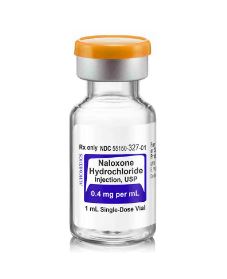Sun protection factor (SPF)
The SPF value indicates the level of sunburn protection provided by the sunscreen product. All sunscreens must be tested to measure the amount of ultraviolet (UV) radiation exposure it takes to cause sunburn when using the sunscreen compared to how much UV exposure it takes to cause a sunburn when not using the sunscreen. UV radiation consists of both UVA and UVB radiation. The product is then labeled with the appropriate SPF value.
Sunscreens are made in a wide range of SPFs. Higher SPF values (up to 50) provide greater sunburn protection. Because SPF values are determined from a test that measures protection against sunburn, SPF values primarily indicate a sunscreen’s UVB protection. To get the most protection out of sunscreen, choose a broad-spectrum sunscreen with an SPF of at least 15.
Some people incorrectly believe that SPF relates to time of solar exposure. For example, some people believe that, if they normally get sunburned in one hour, then an SPF 15 sunscreen allows them to stay in the sun for 15 hours (e.g., 15 times longer) without getting sunburn. This is not true because SPF is not directly related to time of solar exposure but to amount of solar exposure. The amount of solar exposure we experience depends on many factors. For example, the sun is stronger in the middle of the day compared to early morning and early evening hours. That means your risk of sunburn is higher at mid-day. Solar intensity is also impacted by your geographic location, with greater solar intensity occurring at lower latitudes. Because of this, someone who is closer to the equator may experience greater solar exposure than someone who is farther from the equator but spends the same amount of time in the sun.
Broad spectrum
Broad spectrum sunscreens help protect against both forms of UV radiation – UVA and UVB. However, not all sunscreens are broad spectrum, so it is important to look for this description on the label. A sunscreen product’s SPF value is primarily an indicator of the level of protection that product provides against UVB radiation, but broad-spectrum sunscreens also protect against UVA radiation. It is important to always use other sun protection measures, along with your broad spectrum sunscreen, when spending time in the sun. Sunscreen provides protection against both by providing a chemical barrier that absorbs or reflects UV radiation before it can damage the skin.
Sunscreens that are not broad spectrum or that lack an SPF of at least 15 must carry the following warning on their Drug Facts label:
Skin Cancer/Skin Aging Alert: Spending time in the sun increases your risk of skin cancer and early skin aging. This product has been shown only to help prevent sunburn, not skin cancer or early skin aging.

 Our Pill Pass® Drug List is only $6.99 or less and Shipping is FREE!
Our Pill Pass® Drug List is only $6.99 or less and Shipping is FREE!







